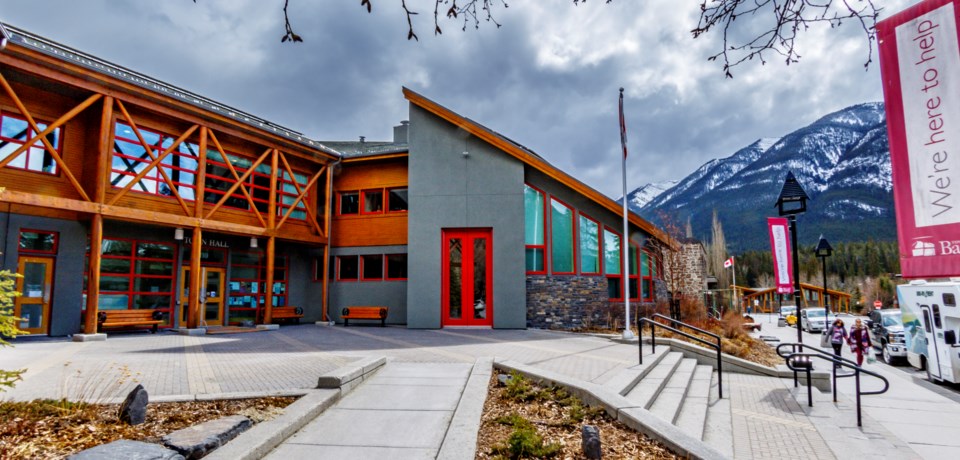BANFF – The global climate change crisis and a commitment to be a model environmental community has pushed the Town of Banff to rewrite its outdated green policy for municipal buildings.
Banff’s existing 2007 municipal sustainable building policy is silent on greenhouse gas emissions, renewable energy and waste diversion, prompting administration to propose significant changes.
Town of Banff officials say the proposed policy will increase the upfront costs of all new public or expanded buildings by five to 10 per cent, which may conflict with priorities for some projects such as affordable housing.
“But it’s important to also recognize those additional upfront costs are more than offset by long-term energy cost savings,” said Michael Hay, the Town of Banff’s environment and sustainability manager.
“We need to make sure that the affordability calculations for any project, and especially affordable housing projects, take that upfront short-term pain and understand that it’s going to be paid for through long-term gain.”
The proposed policy calls for a new energy performance specification for all new or redeveloped municipal buildings to dramatically reduce greenhouse gas emissions, energy costs, and exposure to increasing carbon taxes.
Hay said the specification for this policy is roughly equivalent to the zero carbon building standard, noting the new Roam transit garage was designed to this quality.
“I would say it puts us on the cutting edge, rather than necessarily the bleeding edge,” he said.
The proposed new policy also deals with waste diversion. For example, any municipal buildings that need to come down must be removed through careful deconstruction rather than demolition.
This was how the old Hockey House and other buildings were removed to make way for the new for-purchase affordable housing project on the 300 block of Banff Avenue.
“Rather than just bulldozing a building and sending everything to landfill, this policy explicitly requires that we carefully pick the building apart and recover as much material as possible,” Hay said.
Under the policy, the current LEED Silver certification requirement would be replaced with a flexible, mandatory certification from one of three modern green building programs.
It also clearly states what items are mandatory and what are optional, and includes a list of environmental guidelines in water conservation, air quality, sustainable transportation and wildlife protection.
The proposed policy would be applicable to Banff Housing Corporation (BHC) projects, which is currently not the case. The Ti'nu rental project was not built to the existing policy, but the new Banff Avenue development is.
Hay said there are many affordable housing developments across Canada and the United States that meet ambitious energy and environmental performance targets.
But he said those projects don’t have to contend with Banff’s ever expanding regulatory and policy requirements, or the fact the townsite lies within a national park and UNESCO World Heritage Site.
“If you want to build an affordable housing project in Ottawa it can be a shoebox, but in Banff we cannot do that; we have design guidelines,” he said.
“In a lot of big cities, you can build an affordable housing project with a lot of choices with where to build, whereas in Banff we have one or two parcels.”
All affordable below-market value housing projects in Banff must be built without relying on any taxpayer funding, which Hay said may be difficult on future projects unless creative approaches to funding are implemented.
He said administration will continue to work hard to comply with all requirements, but on occasion, may need to ask council to bend in some areas to help keep upfront costs down.
“As the environment manager, I hope we don’t bend or break on the environmental side too much, especially considering these upfront investments in this proposed policy pay for themselves over time,” he said.
“If we continue to develop buildings to a low energy performance standard, which is basically what the Alberta building code is right now … then we’ll have to reinvest millions into these buildings when we have to retrofit them 10 or 20 years from now.”
The governance and finance committee, which met on Monday (April 12), sent the proposed policy to council for consideration.
Mayor Karen Sorensen voiced support for the policy, noting Banff has big environmental goals.
“The rationale in all areas not only makes sense, but of course, is the right thing to do,” she said during the governance and finance committee meeting.




